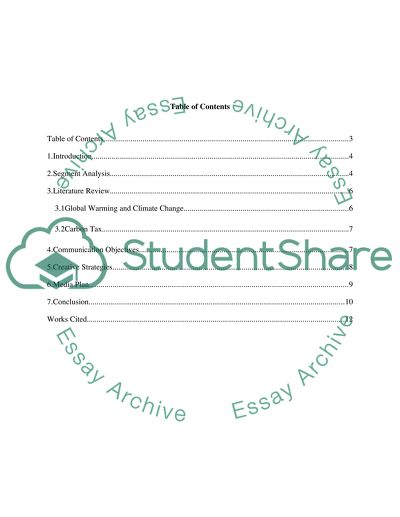Cite this document
(“The climate change. Carbon Tax in Australia Essay”, n.d.)
The climate change. Carbon Tax in Australia Essay. Retrieved from https://studentshare.org/marketing/1450357-the-climate-change-carbon-tax-in-australia
The climate change. Carbon Tax in Australia Essay. Retrieved from https://studentshare.org/marketing/1450357-the-climate-change-carbon-tax-in-australia
(The Climate Change. Carbon Tax in Australia Essay)
The Climate Change. Carbon Tax in Australia Essay. https://studentshare.org/marketing/1450357-the-climate-change-carbon-tax-in-australia.
The Climate Change. Carbon Tax in Australia Essay. https://studentshare.org/marketing/1450357-the-climate-change-carbon-tax-in-australia.
“The Climate Change. Carbon Tax in Australia Essay”, n.d. https://studentshare.org/marketing/1450357-the-climate-change-carbon-tax-in-australia.


